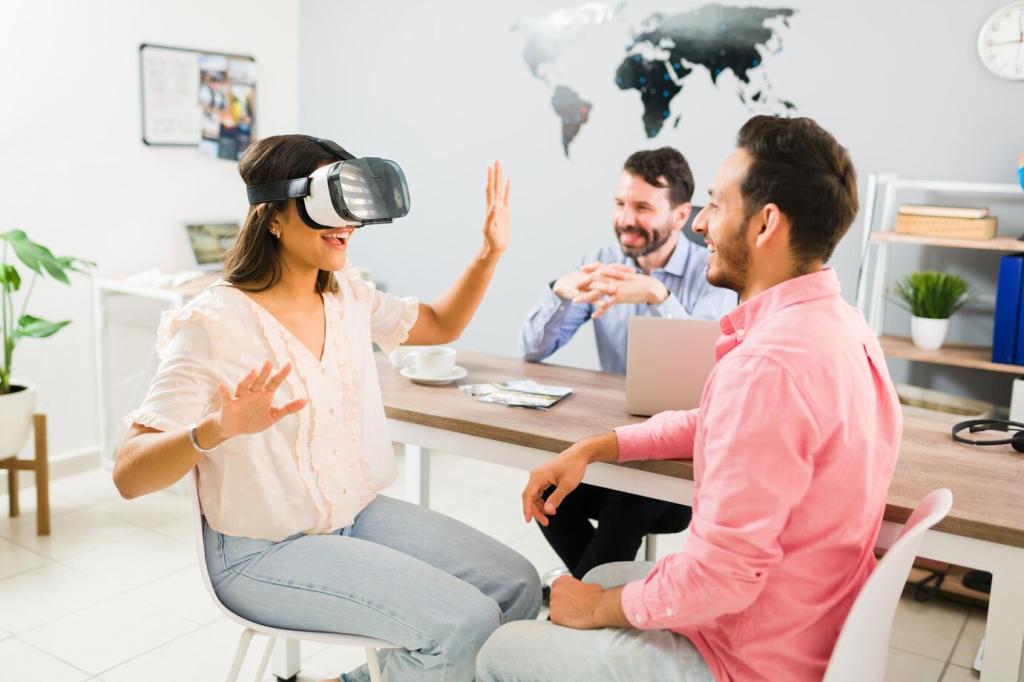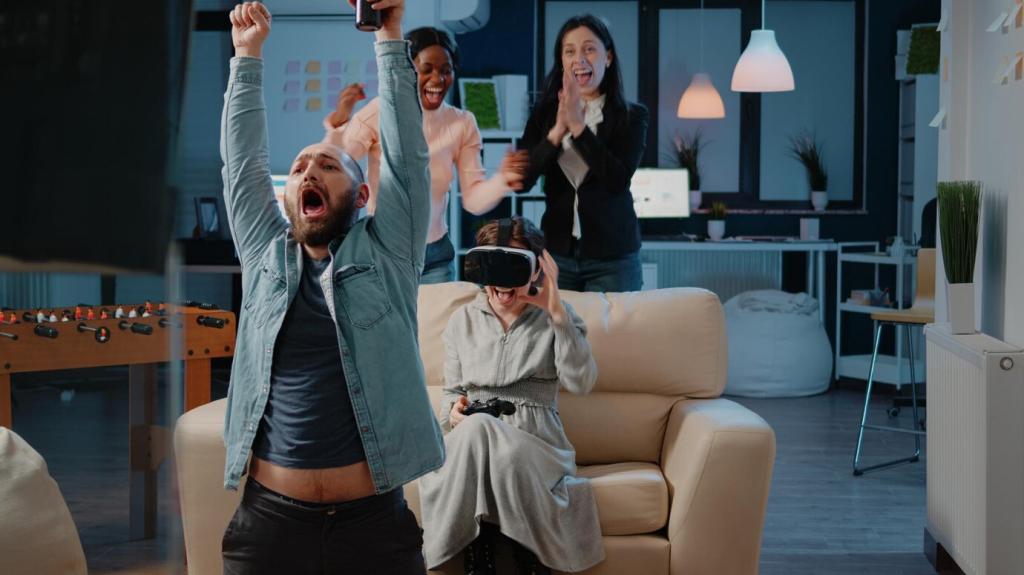Language, Gesture, and Embodied Interaction
Represent speech patterns with care. Use localized captions, respectful coaching, and community voice talent. Code-switching can signal safety, intimacy, or resistance; design dialogue trees that honor these choices without flattening character complexity into clichés.
Language, Gesture, and Embodied Interaction
Map hand-tracked actions to culturally appropriate meanings, and avoid gestures with conflicting interpretations. Provide alternatives. Explain significance through optional tooltips or companion characters, letting players participate without forcing performative accuracy they cannot sustain.




